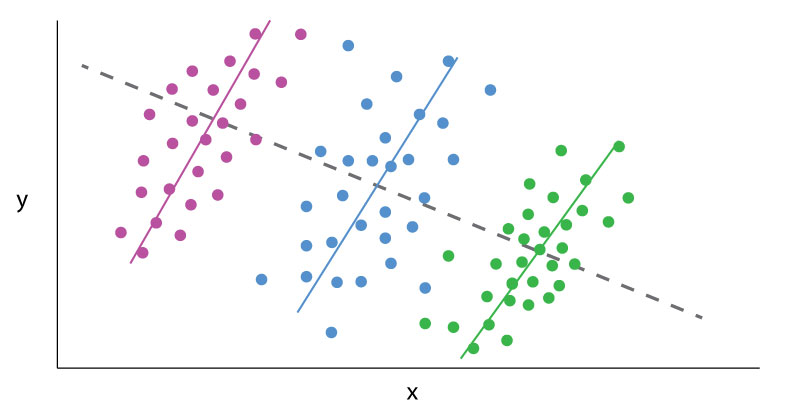
The Simpson Paradox:
Strength in hard times, diligence in good times.
Message from Mr. Russell Ellwanger—TowerJazz CEO & TPSCo Chairman
Simpson’s paradox is a statistical observation noting that trends in a group can vary substantially, even reverse, when compared to the trends of the sub groups of which it is comprised.
Berkeley Admission 1973
An oft-cited example of Simpson’s paradox is the case of Berkeley admissions in 1973.Graduate school admissions were 25% higher for men than for women. It led to a lawsuit for bias against women. However, in most colleges at Berkeley, the female acceptance rate was higher than the male. The big picture statistic was skewed because women tended to apply to the more competitive departments with lower overall admissions rates, whereas men applied to a greater extent to departments that were less competitive with higher overall admission rates.
Simpson in Business
This paradox is applicable in evaluations of a variety of enterprises and businesses. The sum output on paper of a country’s economy or a company’s financials can vary disproportionately with the actual activities and short-term achievements.
Applied to the One
This paradox also applies in evaluations of an individual’s performance. His or her “sum value” can vary disproportionately from abilities and potential. A young man or woman with an athletic, artistic or academic gift can at an early instance be determined as “brilliant,” with the less gifted being unimpressive. However, this snapshot can be inaccurate. It does not measure the effort that a less gifted individual may exert to “master” the discipline. Lesser talent, committed to excellence, surpasses gifted individuals who give little effort. Hence the snapshot does not accurately reflect nor can it predict near, mid or long term performance.
The world cannot measure dedication and commitment; only the person, himself, is buoyed up through the inspiration borne of tireless dedication. This in turn yields the courage to persevere until excellence is achieved. That is not to say that a snapshot of excellent performance, combined with dedication to the required/prescribed development activities, will not remain and even progress in excellence. It will.
Back to Business
This is very relevant to businesses. Upon entering any new activity, or upon making major changes in a company’s direction, the short term top line and bottom line does not indicate the direction that the company is taking. Strong leaders, based on what they see, know and feel, continue to drive and motivate knowing that the big picture metrics will follow. A requisite for great leadership may be this ability to make change as well as drive, motivate, and imbue confidence during the lag time between direction/effort and results.

It may not be immediately evident when building block activities begin to deviate from a course that will bring success. “When all is well” is exactly the time to be keenly attentive. It is ever so important to have strong, trusted customer relationships which give immediate feedback. Such feedback can be the customer’s perception regarding needed changes and improvements. But, equally important, they often state that which is good and enabling, hence where added focus is needed to move good into differentiated greatness.
Simpson and TowerJazz
Our journey at TowerJazz is fulfilling as a function of customer partnership towards mutual growth. I just recently celebrated my 10-year anniversary at the company. We have grown from a 2005 annual performance of $100M revenue, negative $55M cash from operations and $540M net debt, to annualized Q4 target run rates breaking $1B revenue, $220M cash from operations a 160M net debt and sustainable GAAP profit.
The first years we lived the paradox where the big picture top and bottom line was weak, but the individual activities were most strong. How grateful we are for customers who noted our drive and gave us the benefit of the doubt during this period.
At this point, our top and bottom line results indicate our good efforts of past years. By drawing off of internal “small picture” metric trends coupled with close ties to our customers’ pulse, we can and must make continual adjustments and reinforce the core positives to ensure not only continuity of the present, but also continuity in performance growth.
Thank you for your partnership and trust.
Russell Ellwanger
CEO, TowerJazz
Chairman, TPSCo

